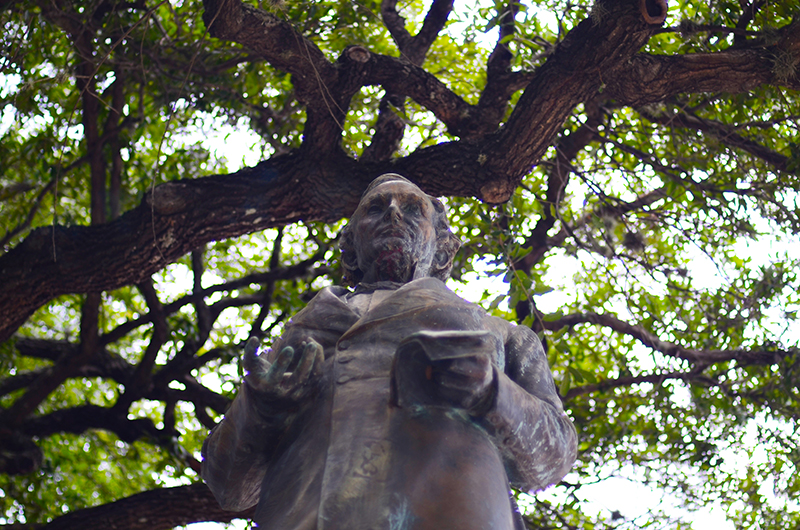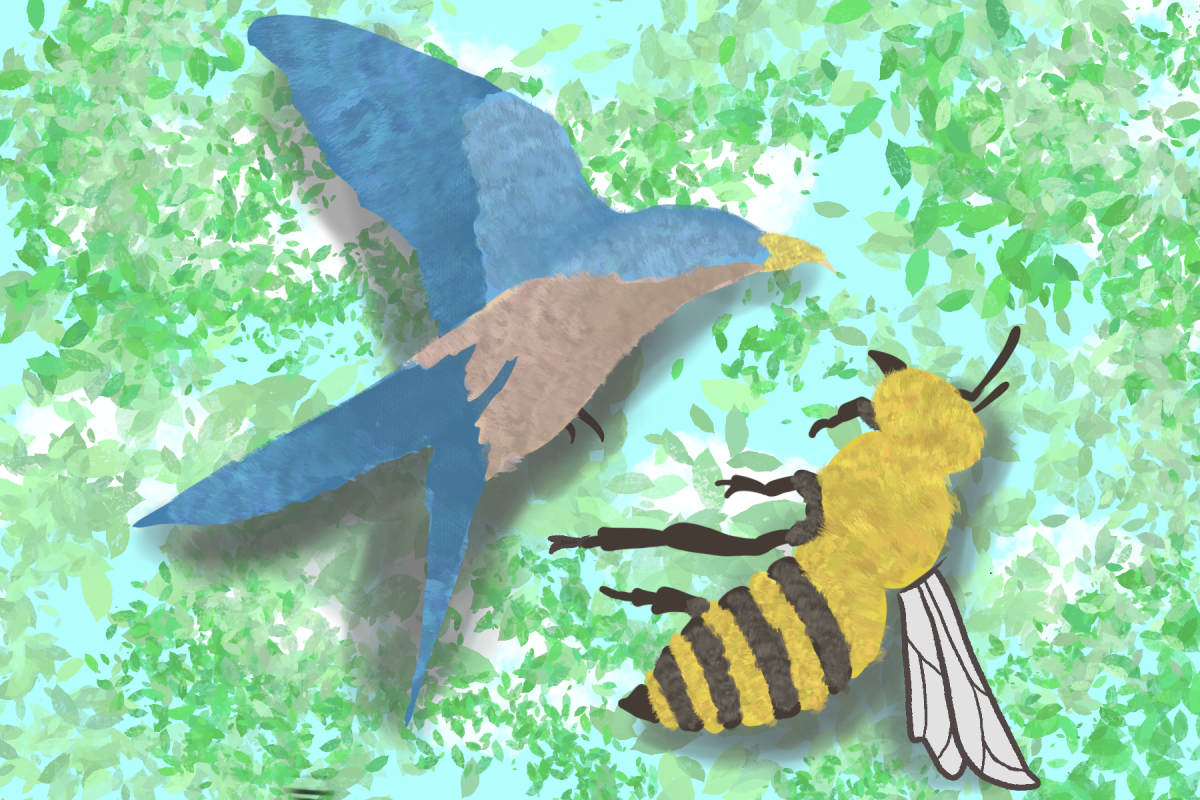Last week, the Jefferson Davis statue task force, already worryingly dilatory, announced it would delay the release of its recommendations for 10 days. The recommendations for how President Fenves should handle the controversial statue are now due on Monday, August 10.
While a delay in decision-making is not surprising, it is disappointing. Despite support for the statue’s removal among a clear majority of those speaking to the task force, Dr. Gregory Vincent, its head, clearly felt that more time was needed to calibrate a list of responses. This begs the questions – what will the task force’s recommendations be? And what actions will President Fenves take in response? If you look at UT history, there is good reason to be worried.
Former UT-Austin President Lawrence Faulkner, Bill Power’s predecessor, went through a strikingly parallel debate to the one currently facing President Gregory Fenves. In 2004, Faulkner commissioned the Task Force on Racial Respect and Fairness, in light of several instances of racial disharmony on campus that, among other issues, focused on the Confederate statues now in question. The task force recommended that the statues “[be relocated] to a more appropriate place” and that ”statues of more diverse figures, e.g. Barbara Jordan and Cesar Chavez [should be added].” And while one part of that mission was completed – statues of Barbara Jordan and Cesar Chavez are now prominently displayed on campus – that solution merely put a band aid on the problem of Confederate imagery on campus.
Faulkner agreed in principle with his task force’s recommendations. He stated that the best solution would be to rearrange the statues so as to better accommodate the original wishes of the artist, Pompeo Coppini, who designed the statues to show a divided nation reunifying in the wake of World War I. President Faulkner stated in the report: “I do not believe that the status quo serves the University well, nor do I see a need to maintain it.”
While Faulkner clearly was not satisfied with the status quo, the Davis statue and other Confederate iconography continue to stand on our campus.
Also in his response to the report, Faulkner advocated against removal of the offending statues: “There is, for me, a tone of censorship in [removing the statues] that seems fundamentally unhealthy. Surely we can find a wiser path.”
In this regard, President Faulkner was egregiously in error. Removing the statue of Davis, a slave-owning secessionist, and relocating it to a museum is the opposite of censorship. Rather, it is a recognition that Davis is, and remains, a crucial figure in our history, but that his visage should not be displayed prominently on our campus in what many consider a tacit approval and glorification of his deeply un-American, racist values.
As decision day belatedly looms for the 2015 iteration of the task force, the campus community should hope that Vincent and other task force members do more than put a band aid on the problem. This task force must recognize that merely relocating Davis’ statue to another area of campus will please very few, and that placing the statue in a museum is neither an act of censorship nor a violation of the principles of the University. Embracing challenges, nurturing diversity and grappling with difficult issues is essential to the mission of the University. But let those issues be grappled with in the classroom, not glorified on the South Mall. Fenves would be wise not to repeat his predecessor's mistakes — the university community will not be placated by simple rhetoric or promises of change this time around. Action is long overdue.
Fountain is a government senior from Pelham, New York. Follow him on Twitter @wf_atx.





















